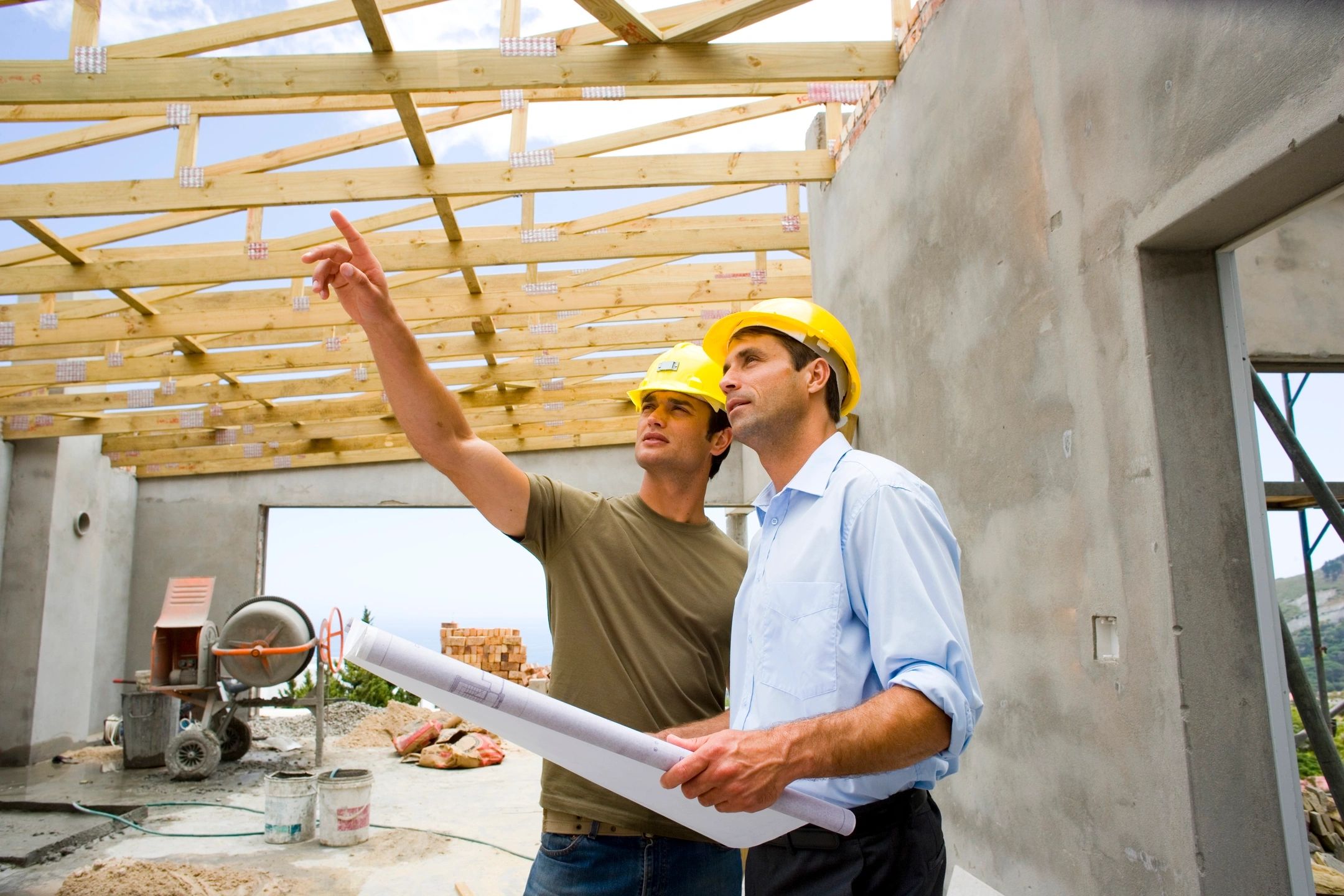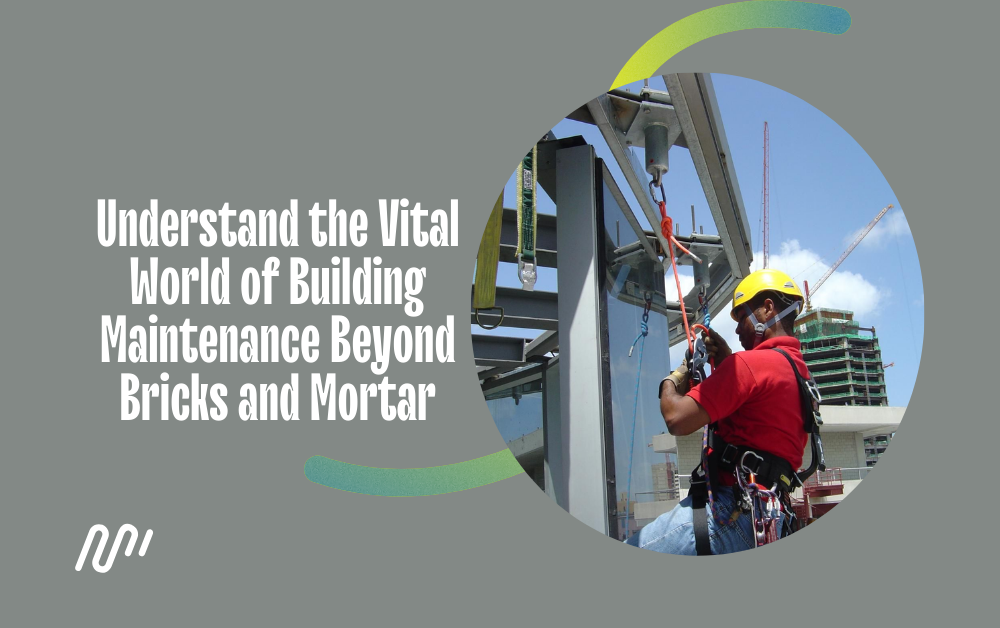Introduction
Imagine a towering skyscraper gracing the city skyline. Its gleaming facade and state-of-the-art features are a testament to modern engineering marvels. But beneath this polished exterior lies a complex network of systems – the beating heart of the building, silently ensuring its smooth operation and occupant comfort. This intricate world is the domain of Building Maintenance Work In Dubai, the unsung heroes who keep these structures safe, functional, and efficient. But what exactly does building maintenance entail? This comprehensive guide delves into the diverse types of maintenance work that guarantee the longevity and well-being of our built environment.
The Pillars of Functionality: Preventive, Corrective, and Predictive Maintenance
Building maintenance can be broadly categorized into three primary approaches, each playing a crucial role in safeguarding a structure’s integrity:
- Preventive Maintenance: This proactive approach focuses on preventing potential problems before they arise. It encompasses routine inspections, cleaning, and servicing of various building systems, such as HVAC (heating, ventilation, and air conditioning) equipment, electrical wiring, plumbing fixtures, and fire alarms. Regular preventive maintenance helps identify minor issues early on, preventing them from escalating into costly repairs, system failures, and disruptions to building operations. Imagine the inconvenience and potential financial loss caused by a malfunctioning air conditioning system during a summer heat wave. Preventive maintenance on the HVAC system, including cleaning air filters and inspecting coils, can significantly reduce the risk of such a scenario.
- Corrective Maintenance: This reactive approach addresses problems that have already surfaced. When a malfunction occurs, corrective maintenance aims to promptly restore the system to its functional state. Examples include repairing leaky faucets, replacing faulty light bulbs, or fixing malfunctioning elevators. While corrective maintenance is essential for resolving immediate issues and ensuring occupant comfort, prioritizing preventive maintenance can significantly reduce its necessity. Think about the frustration and potential safety hazard posed by a faulty elevator. Corrective maintenance ensures a swift repair, but a preventive maintenance program that includes regular inspections and lubrication could have prevented the malfunction altogether.
- Predictive Maintenance: This emerging approach leverages advanced technologies to anticipate potential equipment failures before they occur. Predictive maintenance techniques involve monitoring system performance data, vibration analysis, and infrared thermography to identify early warning signs of trouble. By proactively addressing these indicators, predictive maintenance can minimize downtime, optimize equipment lifespan, and potentially reduce energy consumption. Imagine a scenario where abnormal vibration readings from an elevator motor are detected through predictive maintenance. This early warning allows for a targeted repair, preventing a complete system breakdown and potential occupant entrapment.
Building a Fortress: A Look at Specific Maintenance Tasks
Building maintenance encompasses a wide range of specialized tasks, ensuring every aspect of a structure functions optimally. Here’s a glimpse into some key areas of focus:
- Electrical Maintenance: Qualified electricians ensure the safety and efficiency of a building’s electrical systems. This includes inspecting wiring for damage or signs of overheating, troubleshooting electrical faults to identify the root cause of issues, and performing periodic maintenance on electrical panels and transformers. Regular maintenance helps prevent electrical fires, power outages, and potential damage to sensitive electronic equipment within the building.
- HVAC Maintenance: A comfortable and healthy indoor environment hinges on well-maintained HVAC systems. Technicians perform regular cleaning of air filters, coils, and ductwork to optimize air quality and system efficiency. Additionally, they inspect and service heating and cooling equipment to prevent breakdowns and ensure proper temperature regulation within the building. Clogged air filters can significantly reduce airflow and increase energy consumption. Regular cleaning ensures optimal performance and minimizes the risk of occupant discomfort due to inadequate heating or cooling.
- Plumbing Maintenance: From ensuring a steady flow of clean water to preventing leaks and clogs, plumbers play a vital role in building maintenance. Routine inspections of pipes, fixtures, and drainage systems are crucial for identifying potential problems like corrosion, loose connections, or blockages. A timely repair of a small leak can prevent extensive water damage to building materials and furnishings. Furthermore, plumbers ensure the proper functioning of sanitary systems, which is essential for public health and hygiene.

- Structural Maintenance: The structural integrity of a building is paramount. Regular inspections by qualified professionals assess the building’s foundation, walls, roof, and other structural elements for signs of wear, damage, or deterioration. Timely repairs and preventative measures, such as waterproofing or crack sealing, are essential to ensure the building’s long-term stability and safety for occupants. Neglecting structural maintenance can lead to serious consequences, such as cracks in walls or water infiltration, which can compromise the building’s structural integrity and potentially pose safety hazards.
- Fire Safety Maintenance: Fire safety systems are a critical line of defense in emergencies. Building maintenance professionals ensure the proper functioning of fire alarms, sprinkler systems, and emergency exits through regular testing and inspections. Additionally, they conduct fire safety drills to educate occupants on proper evacuation procedures. Regular maintenance of fire alarms and sprinkler systems ensures they function flawlessly in the event
Conclusion: The Symphony of Building Maintenance
Building maintenance is an intricate and multifaceted discipline. By combining preventive, corrective, and predictive approaches, building maintenance professionals ensure the smooth operation, safety, comfort, and longevity of our built environment. From the intricate electrical systems to the well-maintained landscaping, every aspect of building maintenance contributes to a harmonious whole. Understanding the diverse types of maintenance work involved empowers building owners and managers to make informed decisions regarding the upkeep of their properties. A well-maintained building not only offers a safe and comfortable environment for occupants but also retains its value and contributes to a more sustainable and aesthetically pleasing built environment for all.
Note :- To Read More Articles Visit on- netblogz
